Abstract Art: Meaning, History, and How to Get Started
Did you know the first abstract paintings shocked audiences so much they were called "useless"? That reaction tells you how powerful this style can be. In simple terms, abstract art isn’t about copying reality – it’s about sharing feelings with shapes, colors, and lines.
When artists began ditching recognizable subjects in the early 1900s, they wanted freedom from the rules of representation. They asked, "What can I say without a picture?" The answer was to let the eye, not the brain, lead the way. That shift opened a whole new visual language that still feels fresh today.
Why Abstract Art Matters
Abstract works speak directly to emotion. A splash of red can feel like anger, while a calm blue field can calm the viewer. Because there’s no story told for you, each person reads the piece differently. That personal connection is why museums keep adding abstract pieces to their collections.
Understanding the basics helps you appreciate the trickier pieces. Look for three things: color choice, where shapes sit, and how they move across the canvas. If a painting feels tense, notice sharp angles or clashing colors. If it feels soothing, softer hues and gentle curves usually do the job.
Getting Started with Abstract Painting
Afraid of a blank canvas? You’re not alone. The trick is to treat the canvas like a playground, not a test. Begin with three colors you love and a couple of brushes. Lay down big shapes first – don’t worry about details. Let the colors blend, bleed, or stay separate; both approaches work.
Next, add texture. Grab a palette knife, a piece of cardboard, or even a sponge. Scrape, dab, or streak the surface. Each mark adds a new layer of feeling. When you step back, ask yourself what the piece is saying to you. That question guides the next step.
Don’t forget to experiment with scale. A tiny dot can be as powerful as a giant sweep if placed right. Play with repetition – a series of similar shapes can create rhythm, while breaking the pattern adds surprise.
At Renaissance Harmony Hub we help artists turn these ideas into real projects. Whether you need feedback on a draft or help planning an exhibition, our team knows how to make abstract work shine.
Finally, keep a simple journal. Jot down what colors you chose, how you felt while painting, and what you notice when you look at the finished piece. Over time you’ll see patterns and develop a personal style without ever feeling stuck.
Abstract art may feel intimidating, but it’s really just a conversation between you and the canvas. Start small, trust your instincts, and let the piece grow. You’ll soon discover that the freedom you feared is actually the most rewarding part.
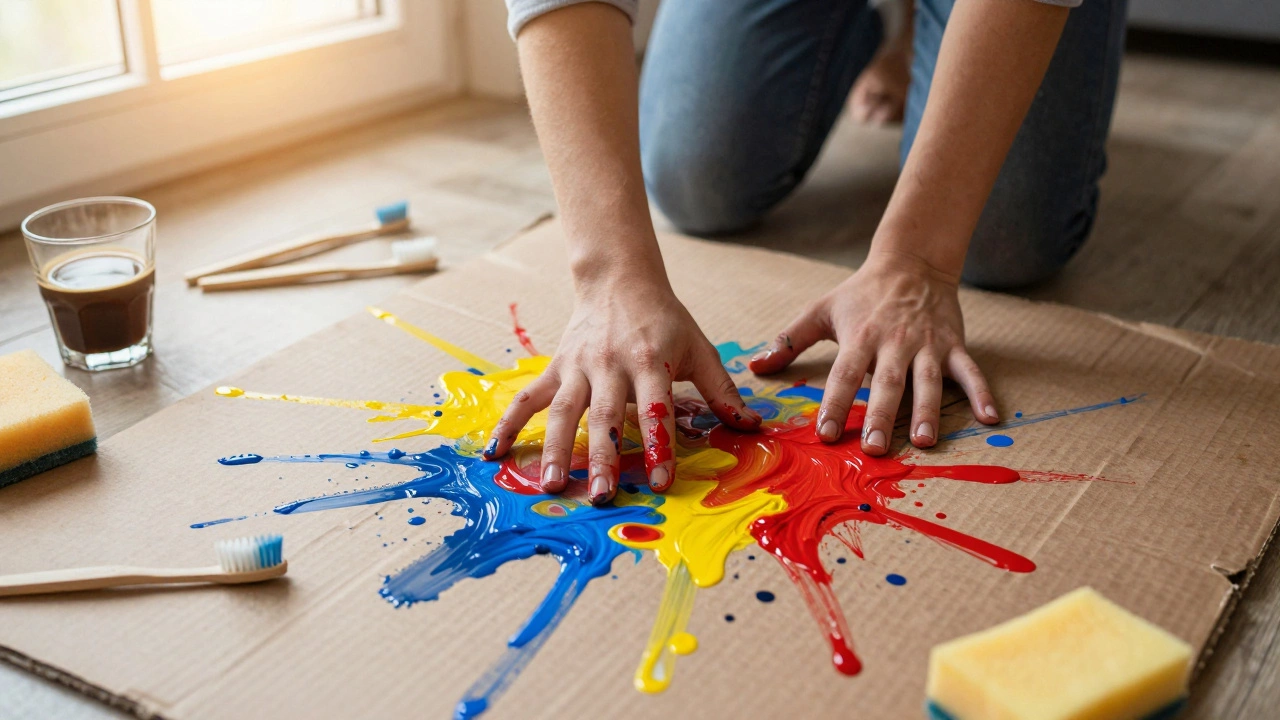
1 Dec 2025
You don’t need training or talent to be an abstract artist-just the courage to feel and let go. Abstract art is for everyone who’s ever been moved by color, motion, or silence.
Continue reading...

23 Nov 2025
Abstract art doesn't show objects-it reveals emotions. Your reaction to it reflects your inner state, not the artist's intent. Discover how colors, textures, and compositions mirror your personality and unspoken feelings.
Continue reading...
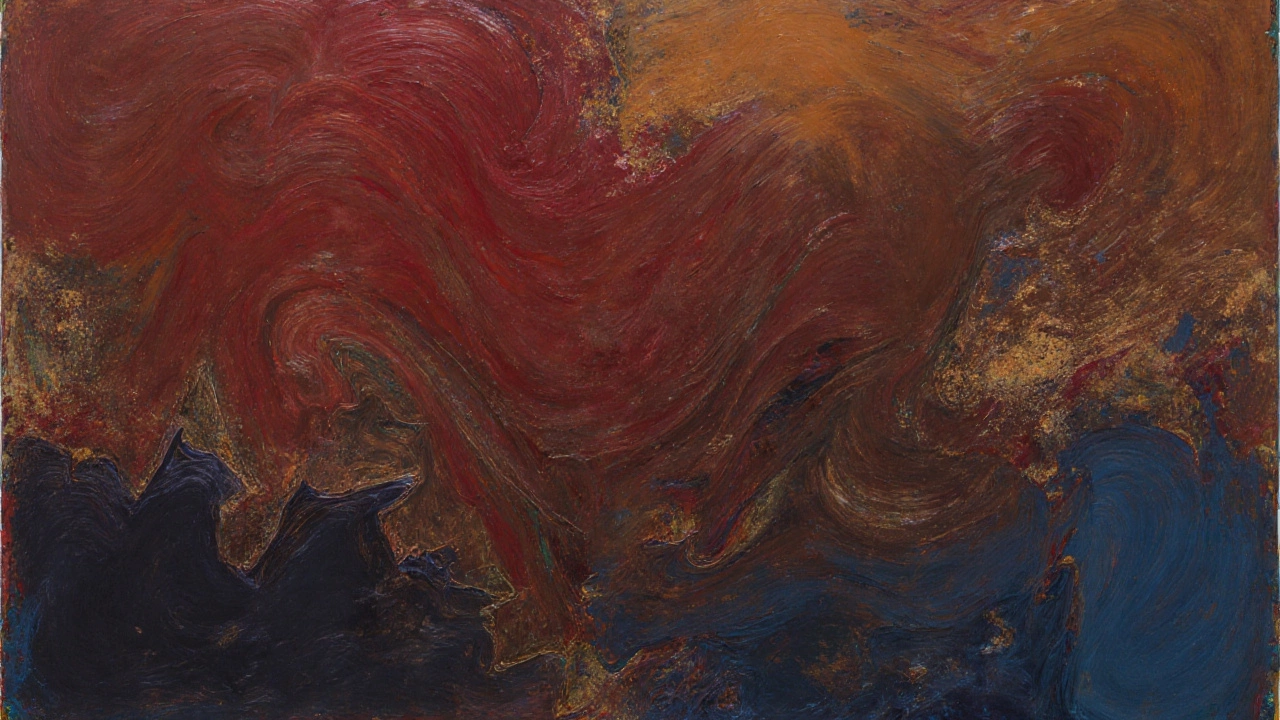
20 Nov 2025
Abstract art isn't about what you see-it's about what you feel. Learn what truly defines it: intention, emotion, and the power of color and form without representation.
Continue reading...
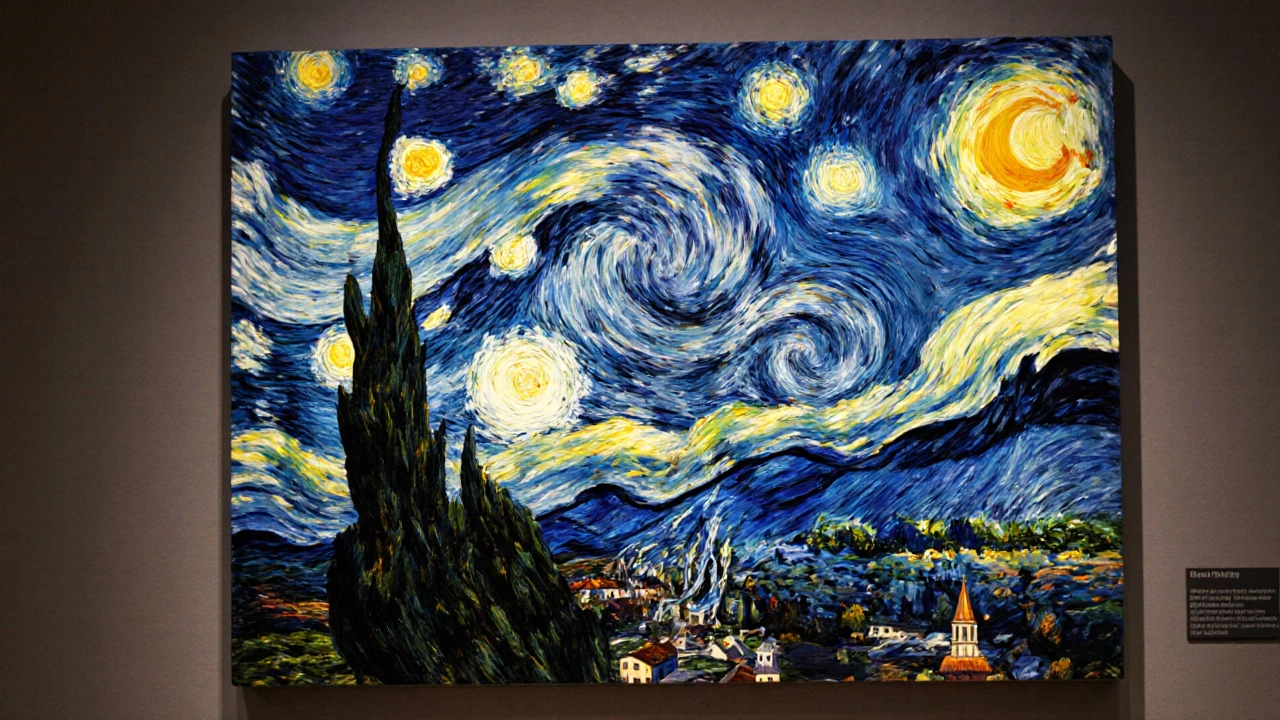
30 Oct 2025
Starry Night isn't abstract - it's post-impressionist. Van Gogh twisted reality to express emotion, but never erased it. Learn why this masterpiece is often misunderstood and what truly defines abstract art.
Continue reading...
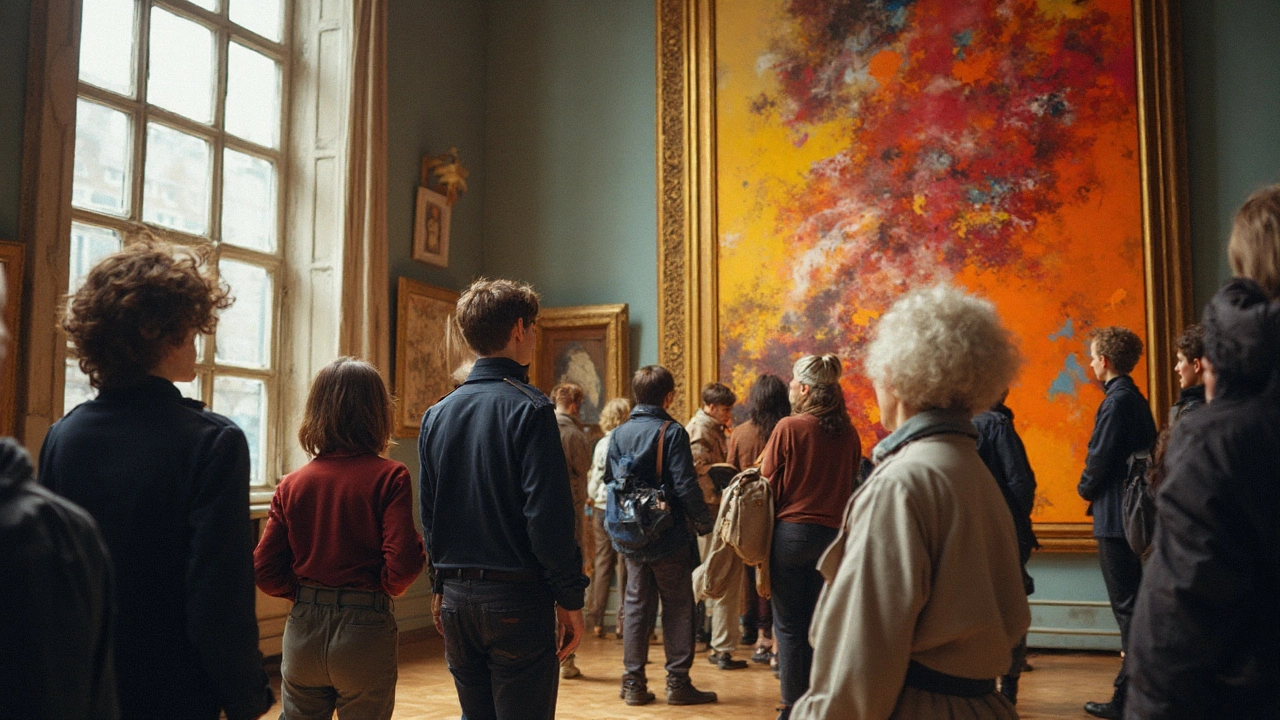
4 Aug 2025
Get real about abstract art: why artists make it, what it says, how to read it, and why it sticks with us. No overthinking, just sense and feeling.
Continue reading...
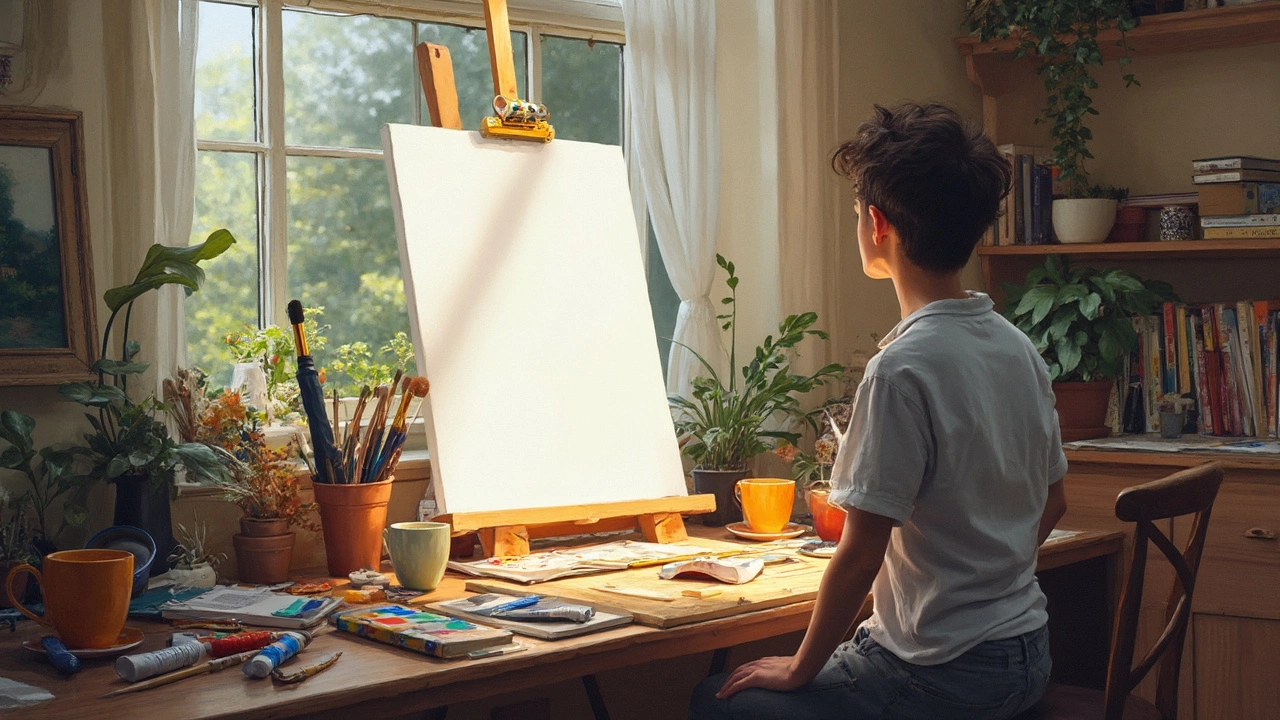
16 Jun 2025
Thinking about trying abstract painting but don’t know where to start? This guide breaks down what you need, how to pick tools, and why you don’t need to worry about ‘getting it right.’ You’ll learn how to approach a blank canvas, find inspiration from everyday life, and experiment without stressing about techniques. Perfect if you’re new or just looking to shake up your creative routine. Get ready to make something original—and maybe even surprise yourself.
Continue reading...
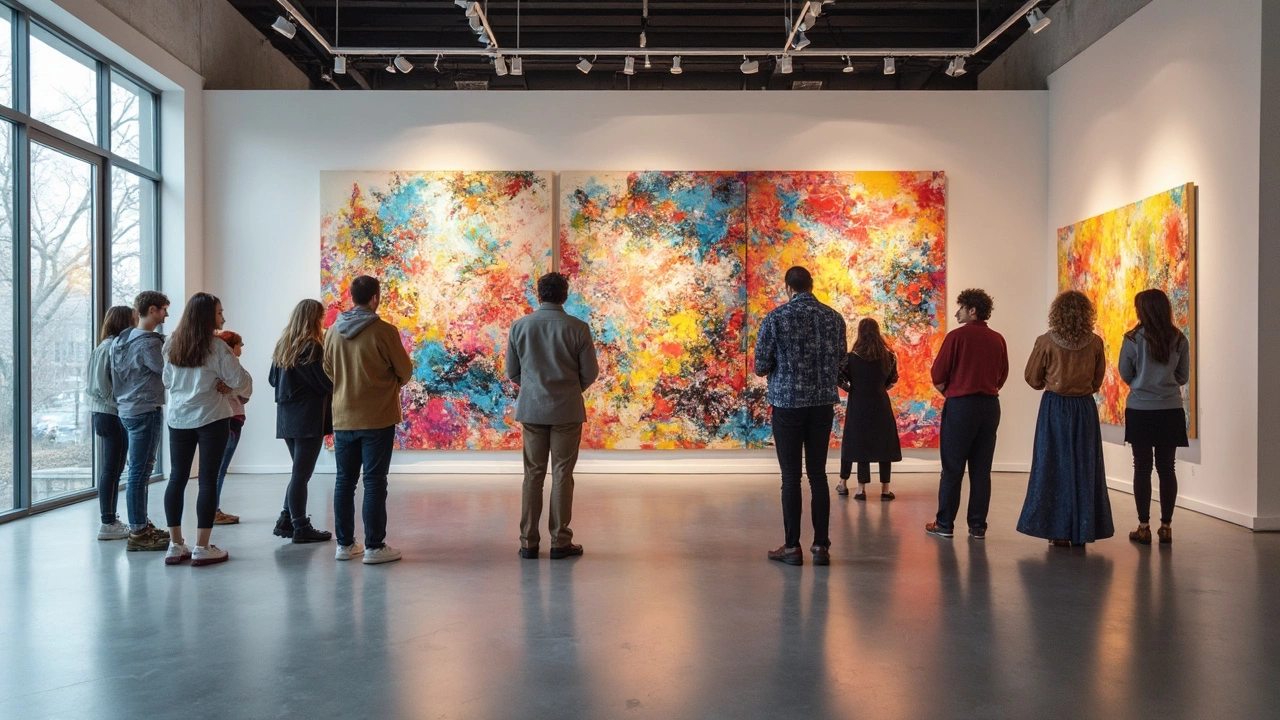
29 May 2025
This article breaks down the real reason abstract art works and what makes it stand out. It explains how abstract art isn’t about painting real objects but about ideas, feelings, and the freedom to create. Get insights into how artists use color, form, and movement to connect with us in surprising ways. You'll pick up straight-talking facts, a look at famous abstract artists, and tips for understanding and even making your own abstract art. Perfect if you want to 'get' abstract art without feeling lost or overwhelmed.
Continue reading...
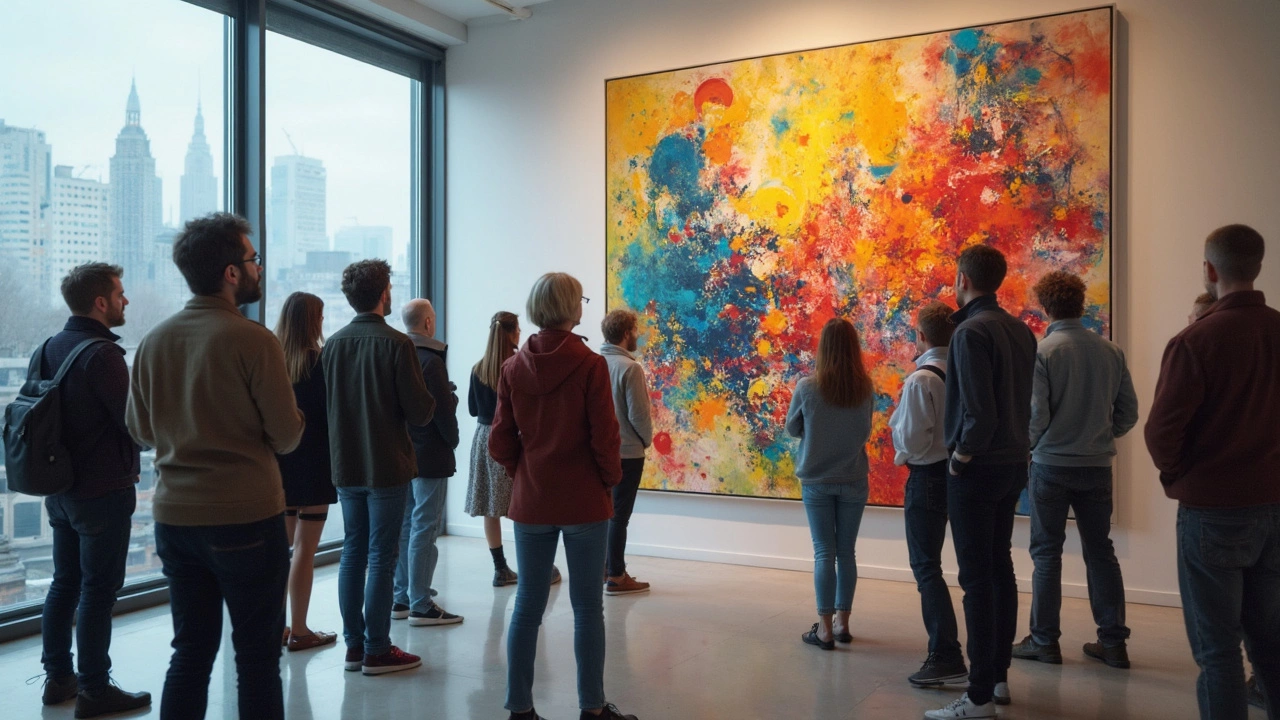
7 May 2025
Abstract art throws a lot of people off—what’s even going on? This article uncovers why abstract art feels tricky, digs into what really sets it apart, and offers hands-on tips for making sense of it. You'll get real stories, practical advice, and a peek behind the scenes at how artists think. Let’s turn confusion into curiosity and give you new tools to look at abstract art differently. You'll walk away feeling less lost and maybe even a little inspired.
Continue reading...
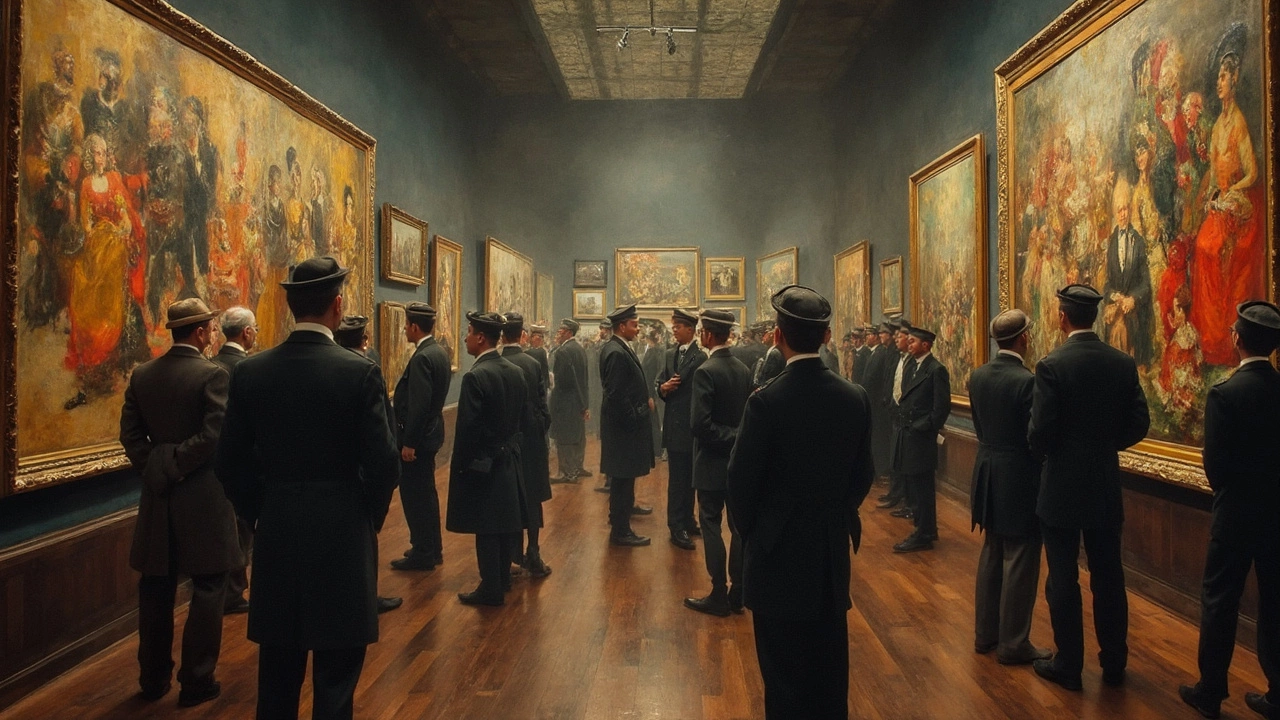
17 Apr 2025
Abstract art didn’t have it easy when it first showed up. People were confused, even angry, because this new kind of art broke all the usual rules. Instead of realistic figures and landscapes, abstract artists painted feelings, shapes, and colors that didn’t look like anything familiar. This upset traditional art lovers and critics. Knowing why abstract art faced so much pushback helps us see why it matters today.
Continue reading...
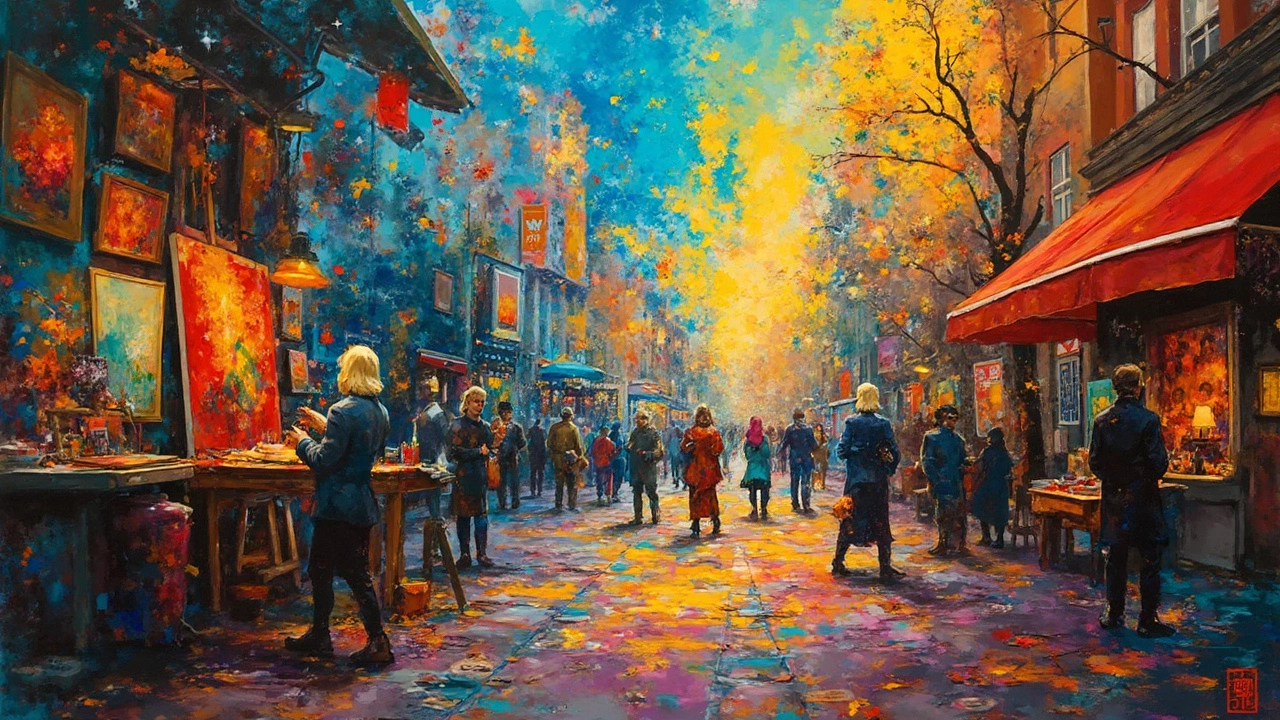
14 Apr 2025
Ever wondered how Picasso fits into the world of abstract art? This article explores whether Picasso's works belong in the abstract art category, considering his unique style and impact. Discover fascinating facts about Picasso's famous pieces, his influence on modern art, and how his work plays with both abstraction and reality.
Continue reading...
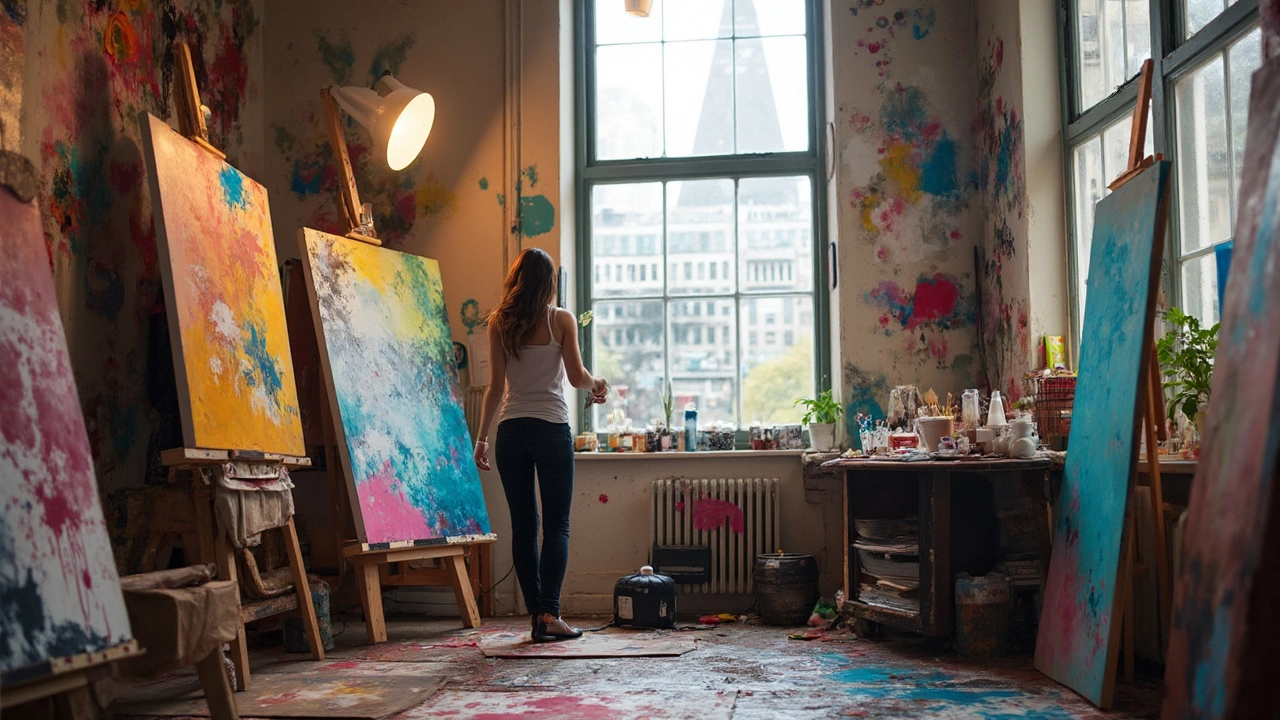
27 Mar 2025
Abstract painting can be challenging due to its lack of defined subject matter and the freedom it offers. Many artists struggle with the concept of communicating emotions and ideas without clear visual cues. This form of art requires a strong understanding of color, form, and technique. The article explores the unique difficulties of abstract painting, why it's worth the effort, and offers tips for artists looking to explore this style.
Continue reading...
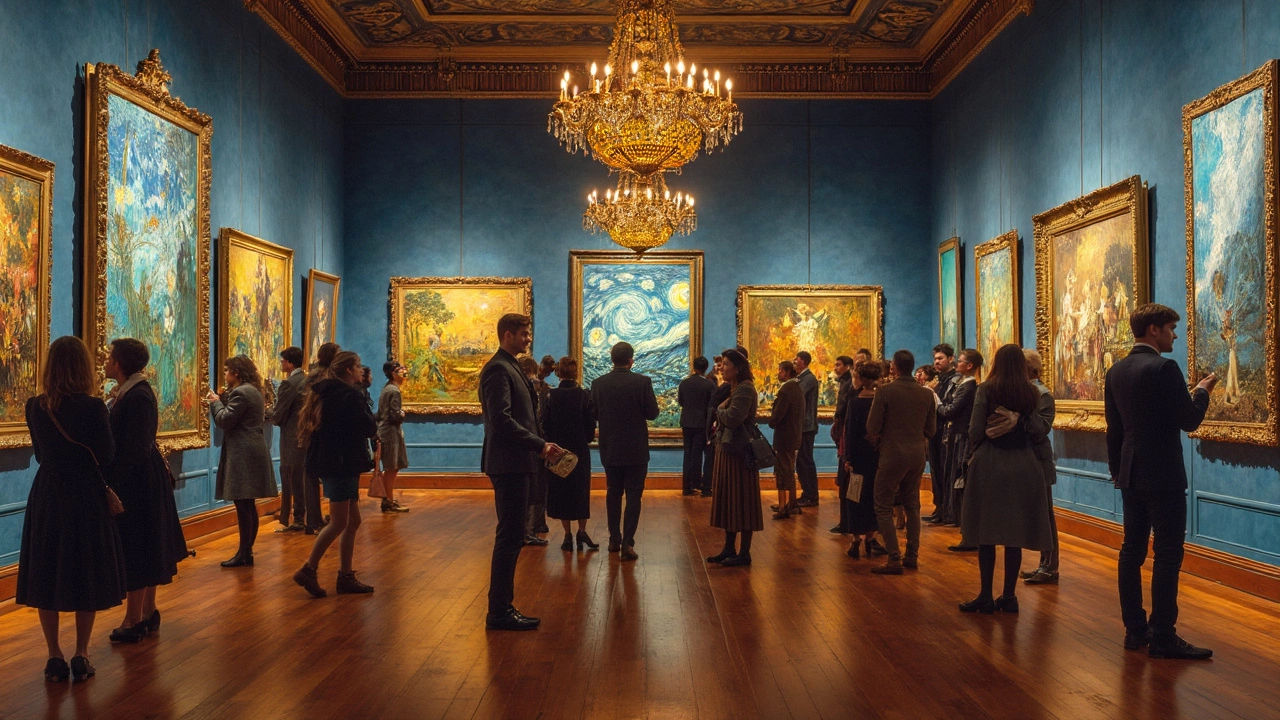
26 Mar 2025
Vincent van Gogh is a name even non-art enthusiasts recognize. But was he truly an abstract artist? While Van Gogh’s paintings are bold and swirling, they retain recognizable forms, sparking debate about their place in abstract art. This article explores his unique style, how his work fits into the art world, and what it means for those blurring the lines between realism and abstraction.
Continue reading...











